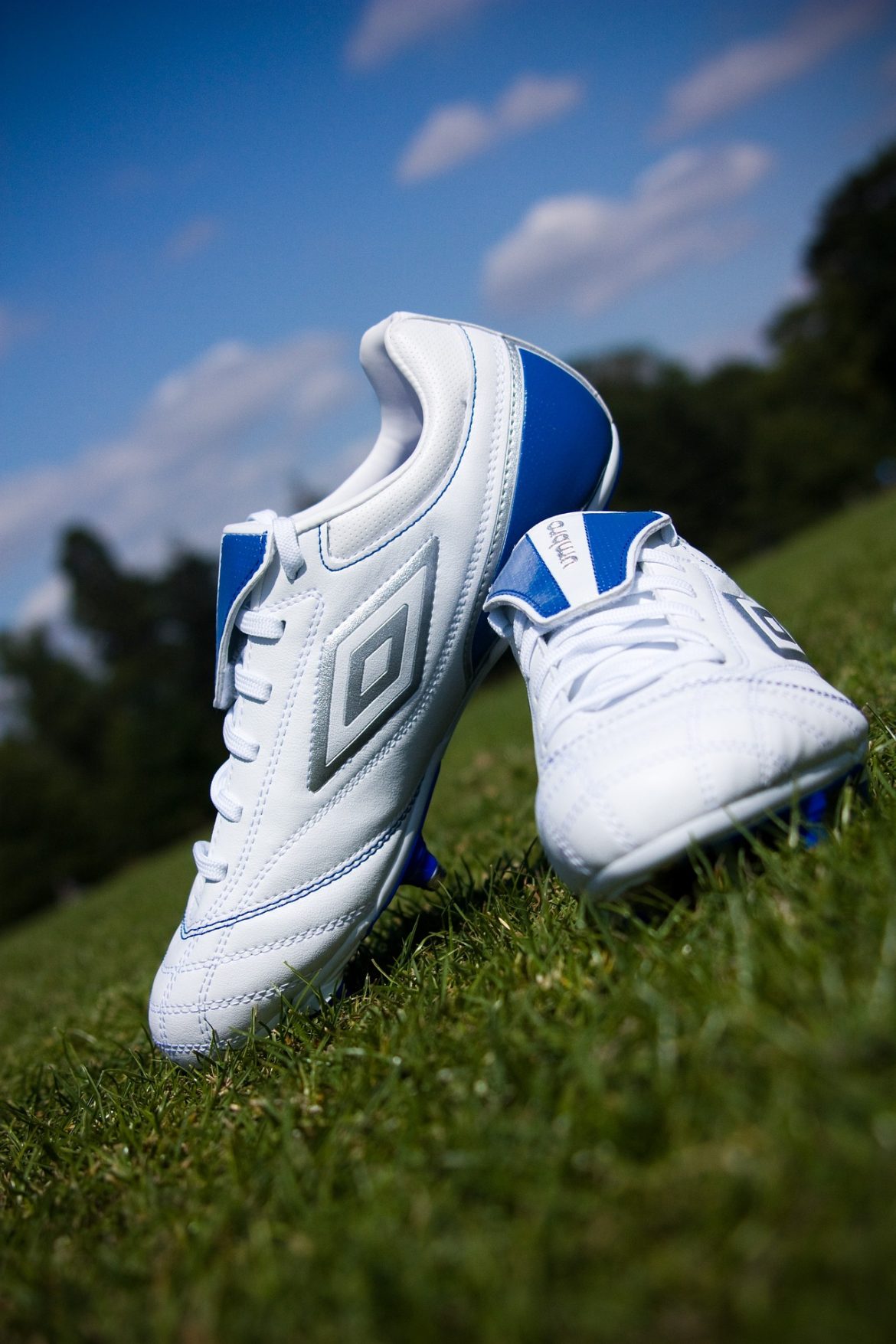68
Goalkeepers are the last line of defence in a football team, and they need to have the right footwear to perform their duties. But what are the best goalkeeper boots for different surfaces? And how do they differ from the boots worn by outfield players?
In this article, we will compare and contrast four main types of surfaces: grass, turf, indoor and hard ground. We will look at their characteristics, advantages and disadvantages, as well as some examples of popular models and brands.
Grass
Grass is the most common and natural surface for football, and it can vary in quality and condition depending on the weather and maintenance. Grass can be soft, wet and muddy, or firm, dry and hard. Therefore, goalkeepers need to have different types of boots for different types of grass.
For soft, wet and muddy grass pitches, goalkeepers need boots that have metal studs or blades that can penetrate the ground and provide traction and stability. These boots are called soft ground (SG) boots, and they are ideal for winter or rainy seasons. Some examples of SG boots are the Nike Tiempo Legend. The adidas Copa Pure worn by top goalkeepers like Thibaut Courtois, Alisson Becker, David De Gea and Manuel Neuer.
For firm, dry and hard grass pitches, goalkeepers need boots that have plastic moulds or conical studs that can grip the surface and prevent slipping or sliding. These boots are called firm ground (FG) boots, and they are ideal for summer or dry seasons. Some examples of FG boots are the Puma Future and the Nike Mercurial Vapor, worn by Ederson, Jan Oblak, Keylor Navas and Hugo Lloris.
Turf
Turf is an artificial surface that mimics grass, but it is made of synthetic fibres and rubber granules. Turf can be found in indoor or outdoor facilities, and it is usually more durable and consistent than grass. Turf can be long or short, depending on the length of the fibres.
For long turf pitches, goalkeepers need boots that have short rubber studs or nubs that can provide cushioning and traction without damaging the surface. These boots are called artificial ground (AG) boots, and they are designed specifically for synthetic grass. Some examples of AG boots are the adidas Predator Accuracy and the Nike Phantom GT, worn by Marc-Andre Ter Stegen, Edouard Mendy, Wojciech Szczesny and Jordan Pickford.
For short turf pitches, goalkeepers need boots that have flat rubber outsoles that can provide grip and comfort without causing friction or abrasion. These boots are called astro turf (TF) boots, and they are suitable for carpet-like surfaces. Some examples of TF boots are the adidas X Speed and the Puma Ultra Ultimate, worn by Kasper Schmeichel, Gianluigi Donnarumma, Samir Handanovic and Bernd Leno.
Indoor
Indoor is a smooth and flat surface that is usually made of wood or concrete. Indoor can be found in gyms or sports halls, and it is often used for futsal or small-sided games. Indoor requires a lot of skill and technique, as well as speed and agility.
For indoor pitches, goalkeepers need boots that have non-marking rubber outsoles that can provide grip and flexibility without leaving marks or stains on the floor. These boots are called indoor (IC) boots, and they are suitable for hard surfaces. Some examples of IC boots are the Nike Mercurial Vapor IC and the adidas Copa Pure IC, worn by Hugo Lloris, Nick Pope, Manuel Neuer and David De Gea.
Hard Ground
Hard ground is a rough and uneven surface that is usually made of dirt or gravel. Hard ground can be found in parks or playgrounds, and it is often used for casual or street games. Hard ground requires a lot of toughness and durability, as well as protection and support.
For hard ground pitches, goalkeepers need boots that have hard rubber studs or blades that can withstand abrasion and impact without breaking or wearing out. These boots are called hard ground (HG) boots, and they are suitable for abrasive surfaces. Some examples of HG boots are the Puma Future HG and the Nike Tiempo Legend HG, worn by Ederson, Jan Oblak, Thibaut Courtois and Alisson Becker.
Conclusion
There is no definitive answer to what are the best goalkeeper boots for different surfaces. It depends on personal preference, playing style and budget. However, by knowing the characteristics, advantages and disadvantages of different types of surfaces, you can make an informed decision that suits your needs.
Whether you play on grass, turf, indoor or hard ground, there is a pair of goalkeeper boots out there for you. And if you need some inspiration, you can always look at what the best goalkeepers in the world are wearing.
